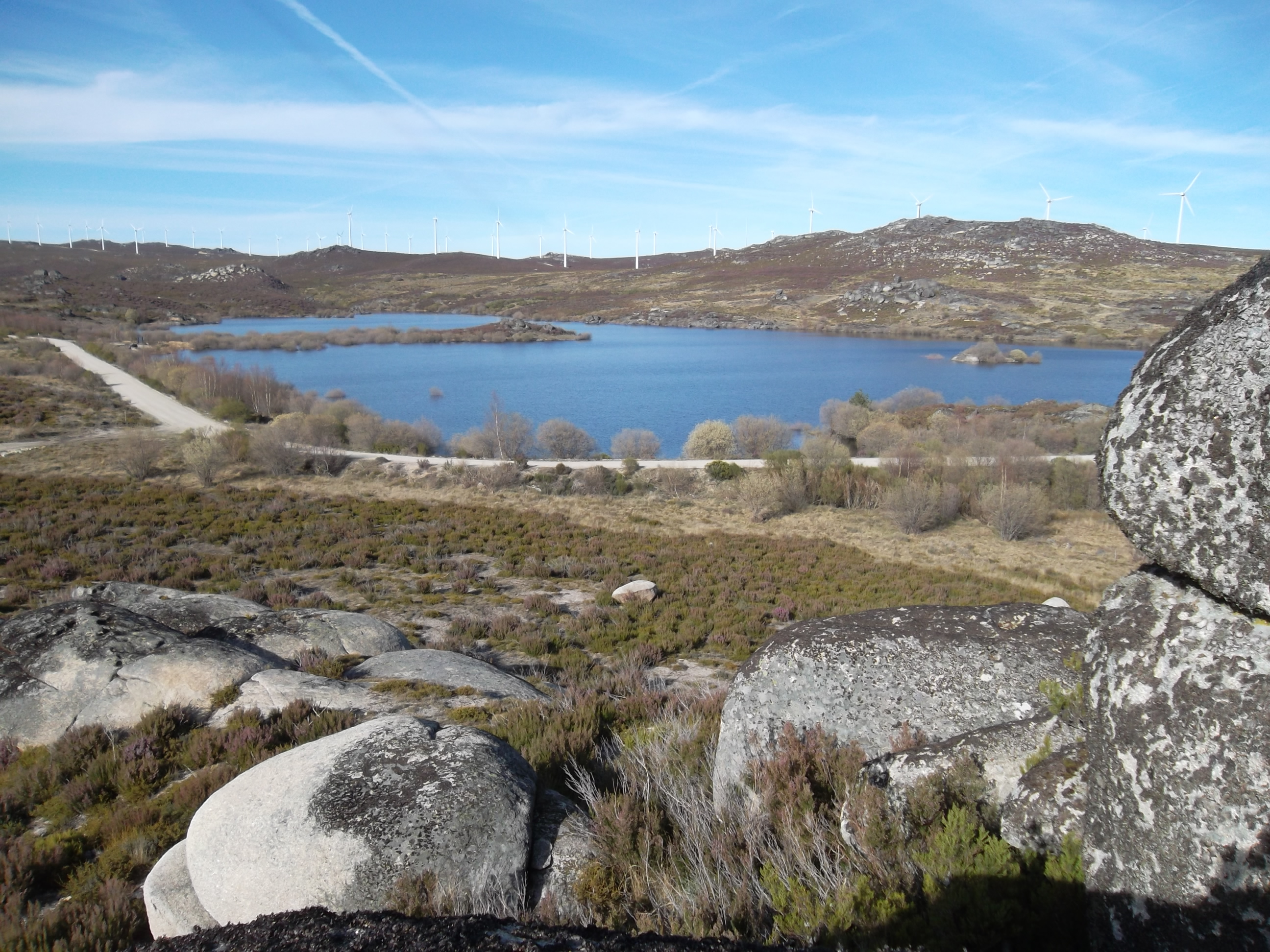Bragança
Preserving a heritage borderless comparison, Bragança offers a historic center, easily accessible on foot, with its worn stones, which testify the history of the city over the centuries, years and times, from the Bronze Age to the Roman Period , through the Swabians and Visigoths, to the battles that allowed to define the border lines and the strategic position of Bragança.
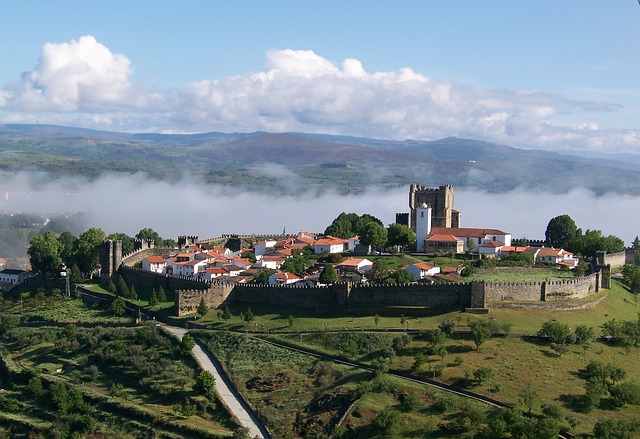
A fortified enclosure, there are the walls of the Bragança Castle, the beautiful fifteenth-century castle keep, the enigmatic “Domus Municipalis” and the Pelourinho, a monumental set with historical and heritage value of excellence. This defensive set was erected from the reign of Sancho I until the end of the reign of King Dinis. During the reign of King Afonso V, the northern wall is constructed the Tower of the Princess, whose legend has it that this tower was the arrest of a Christian princess who wanted to marry a Moorish illustrious.
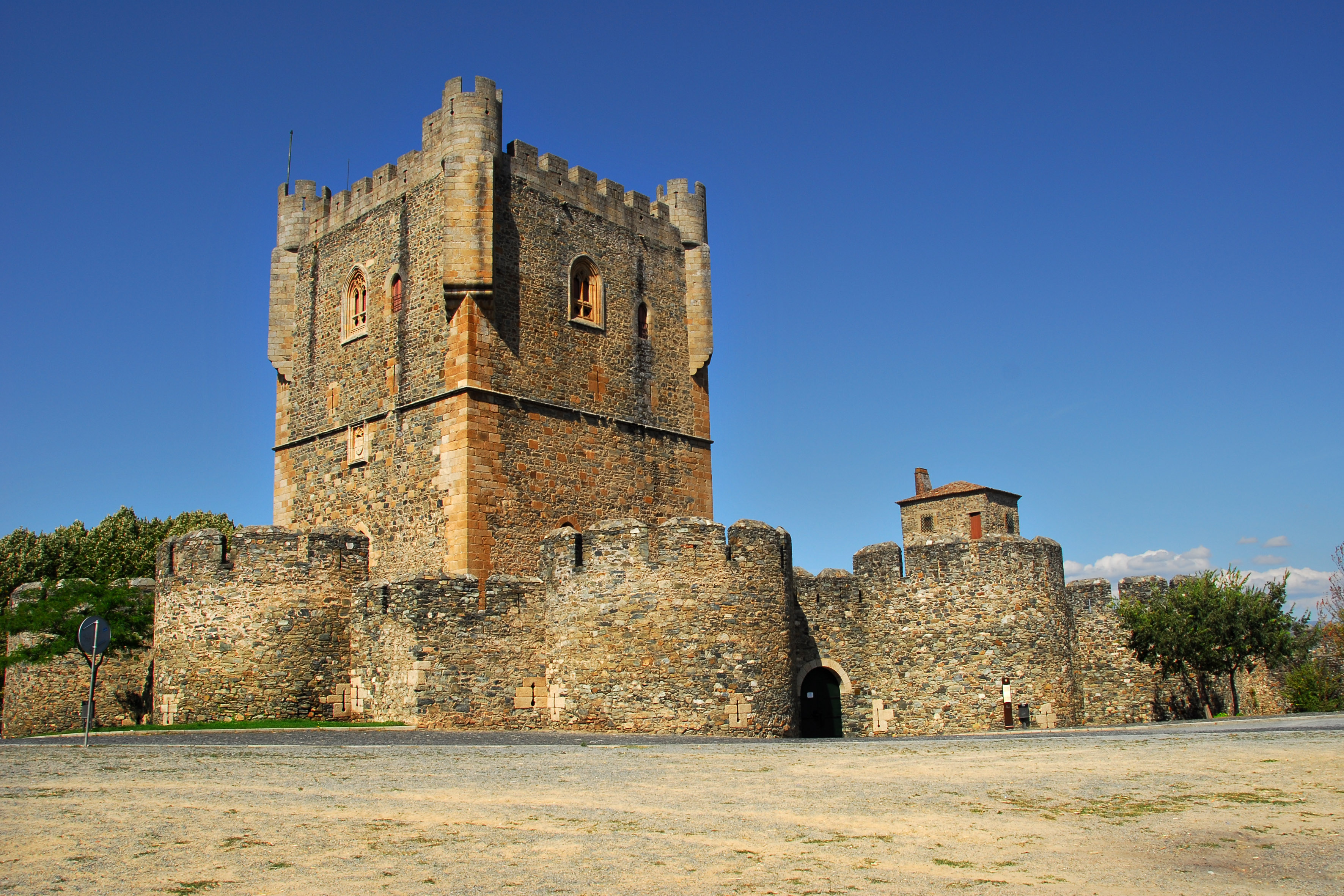
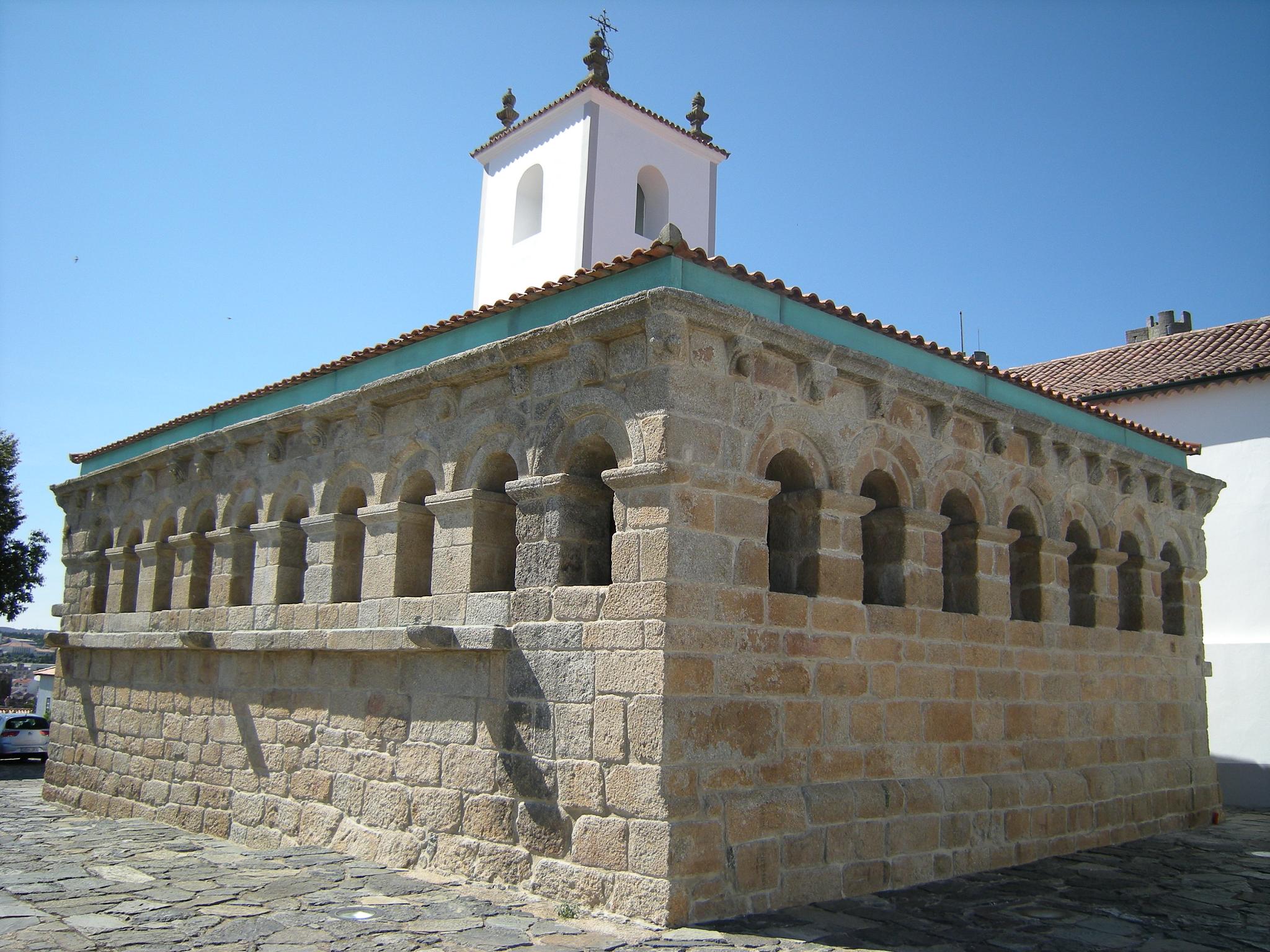
Outside the walls, the cobbled streets direct visitors to a heritage collection of religious character, making emphasis on the Convent of San Francisco, the churches of Saint Vincent and the Mercy and See, which are presented with a Renaissance traces, and They allow themselves to be accompanied by beautiful examples of solar of the sixteenth and seventeenth centuries, which currently boast public institutions.
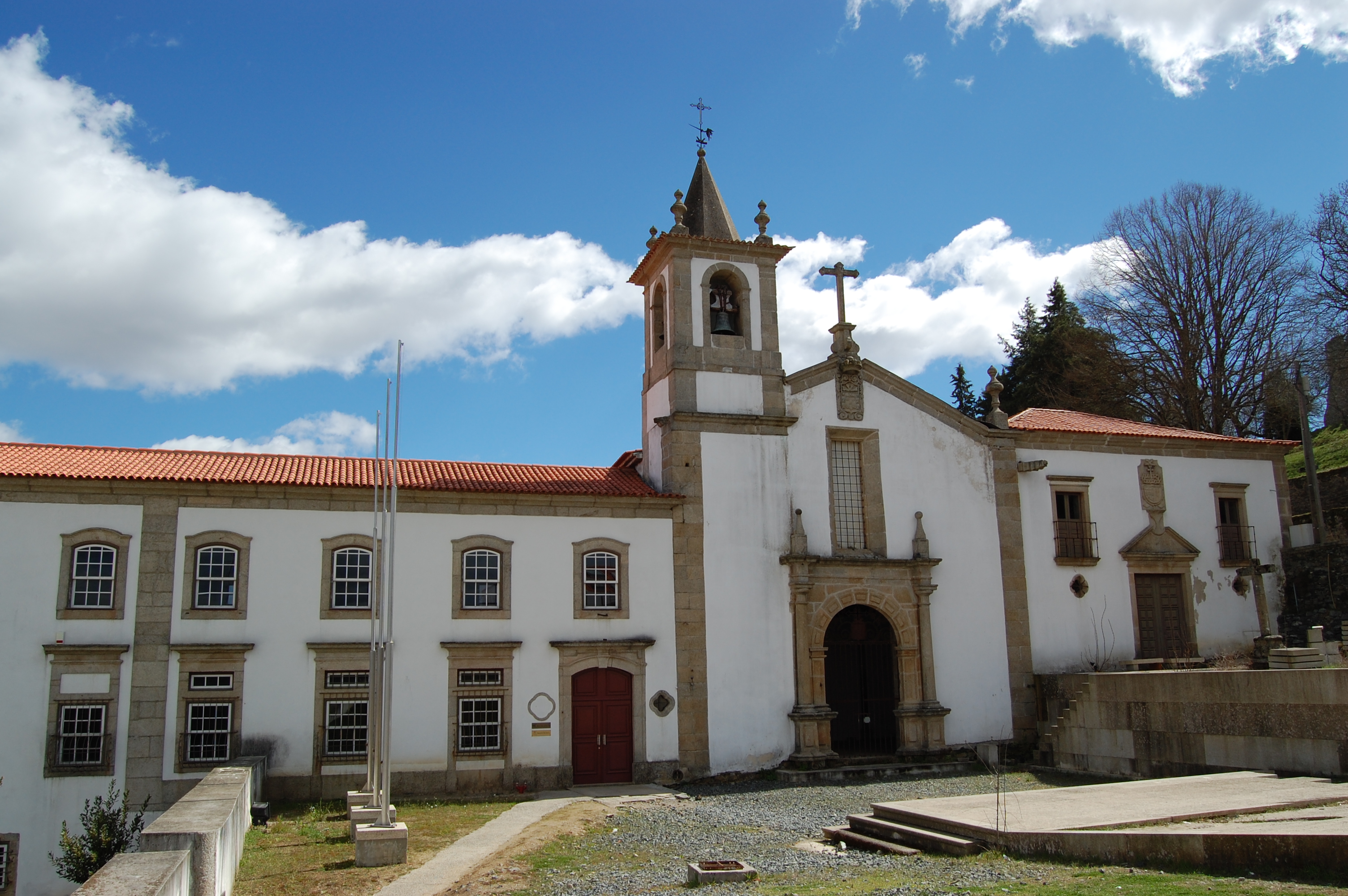
More treasures of Bragança are not in the historical center, nearby there are heritage wonders that demanded attention, such as the Castro Monastery Hazelnuts, a medieval building that boasts a great influence on the settlement of this region and its circular plant coated brick is something unique in Portugal. Making highlight also the Minor Basilica of Saint Christ of Outeiro, one classified as a national monument in 1927, this building of the seventeenth century it became a symbol of affirmation of Portugal as an independent nation of Spain. Legend has it that the site of this church, Holy Christ sweated blood and quickly stands the church, encouraging the pilgrimage.
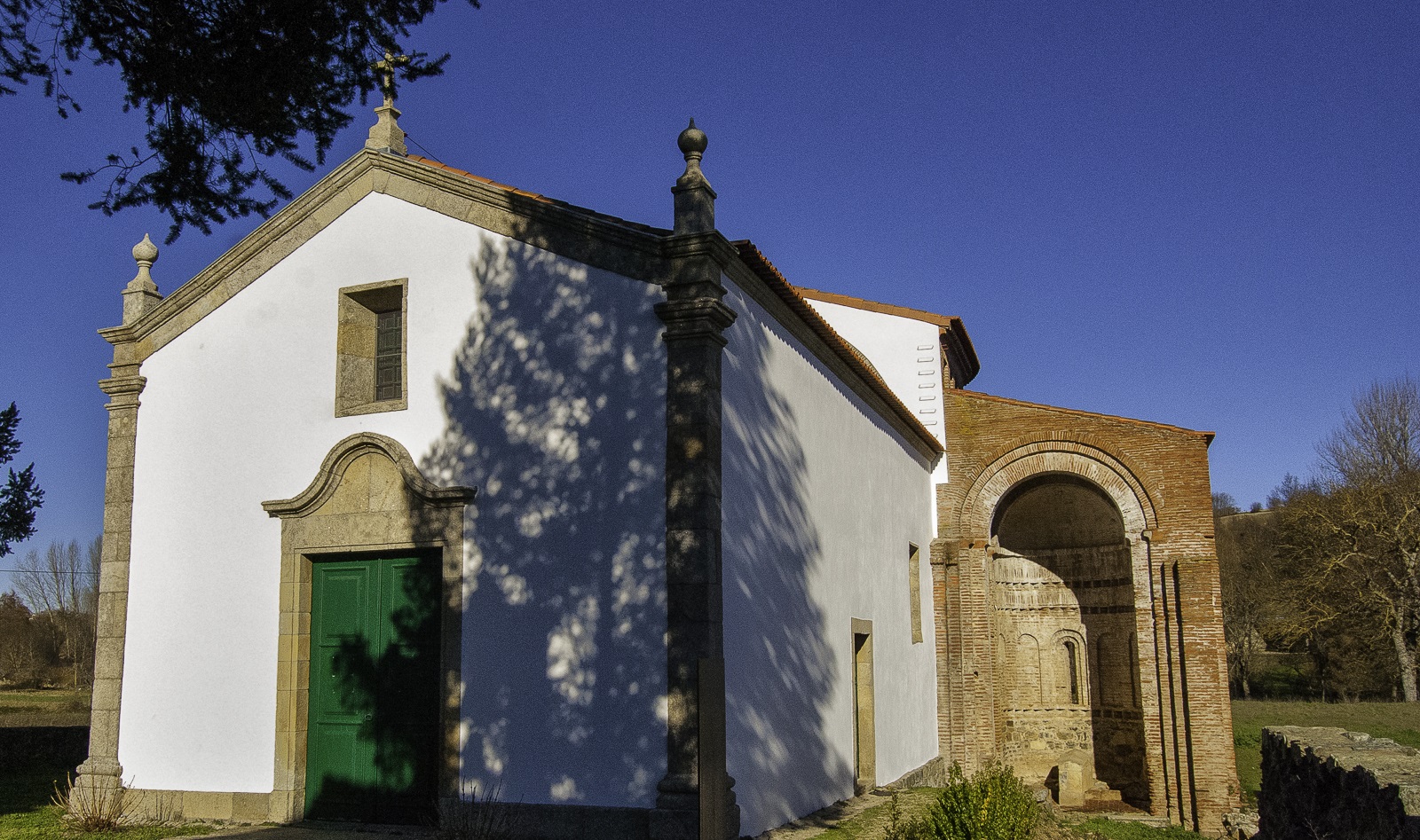
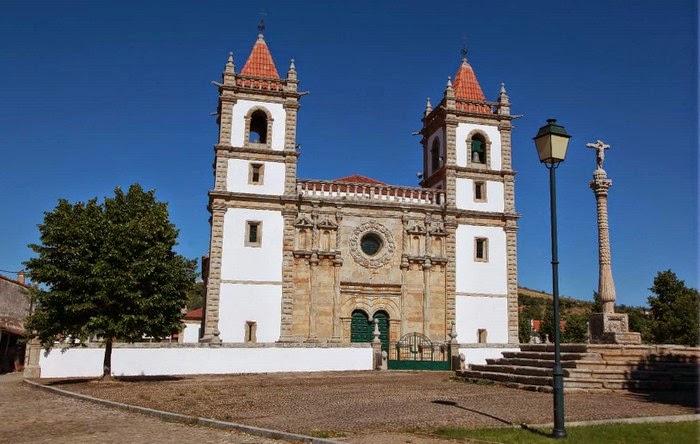
Never forgetting the heritage preserved in the villages of Bragança, where ancient traditions, rural life and the experiences remain in its tranquility, as is the case of the village of Montesinho. Being in the border line with Spain, this is the most charismatic village of Montesinho Natural Park, lying in a leafy valley in Rio de Onor. Already close to this village, is the dam of Serra Serrada, a hydraulic complex arises from the 80s, which potentiated the development of an ecosystem that fed trout fishing and observation of birds, especially the golden eagle and blackbird rocks.
The Montesinho Natural Park was created in 1979 aiming to protect specific values of the territory, both natural areas and urban spaces. In this park stands out geomorphological changes, along with the climate and geographic position make this park one of the parks with greater biological diversity.
